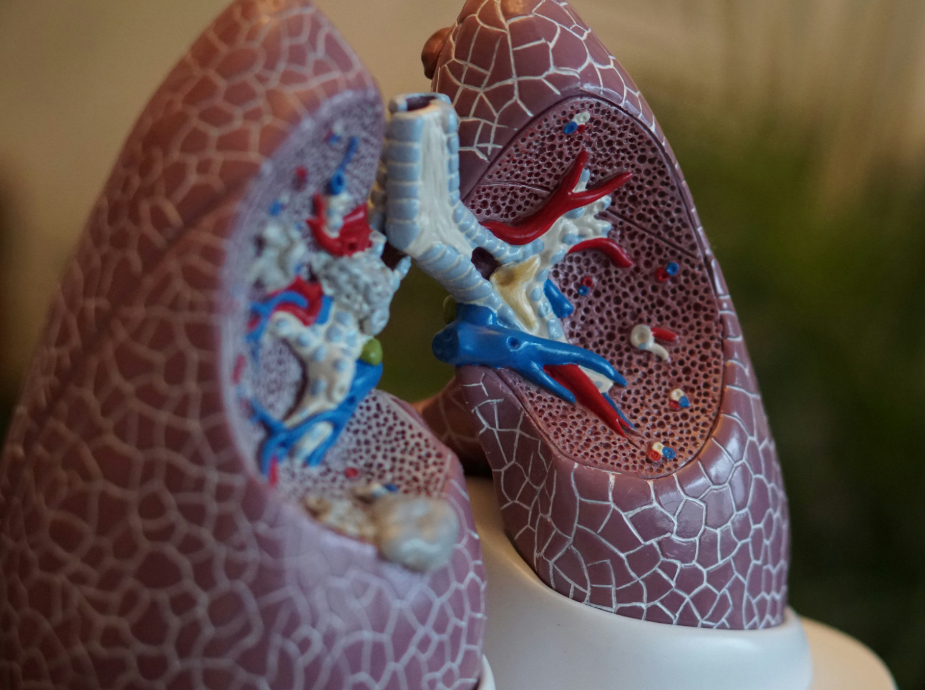Obesity hypoventilation syndrome (OHS), also known as Pickwickian syndrome, is a condition where poor breathing lowers oxygen and raises carbon dioxide levels in the blood, primarily due to excess weight. While the exact cause is unknown, it’s believed to be a combination of factors, including potential defects in the brain’s control of breathing, the physical load of extra weight on the chest wall, and potentially the production of hormones by excess fat that affect breathing patterns.
Here’s a more detailed explanation of the potential factors:
- Brain’s Control of Breathing:A defect in the brain’s ability to control breathing could be a contributing factor.�
- Physical Load of Weight:The extra weight on the chest wall can make it difficult for muscles to draw in deep breaths, leading to lower oxygen and higher carbon dioxide levels.�
- Hormonal Effects:Excess fat, especially in the neck, chest, and abdomen, may produce hormones that interfere with breathing patterns.�
- Sleep Apnea and Hypoventilation:OHS is often associated with sleep apnea and hypoventilation during sleep, further impacting oxygen levels.�
- Reduced Lung Volumes:Excess fat can lead to reduced lung volumes and changes in the way the respiratory system functions.�
It’s important to note that OHS is a condition that can have serious health consequences if left untreated, including heart and blood vessel disease, disability, and even death.
PFT Findings in OHS:
- Restrictive Pattern: Obesity often leads to reduced lung volumes due to chest wall and abdominal fat mass restricting lung expansion.
- Decreased Total Lung Capacity (TLC): Typically <80% predicted.
- Decreased Vital Capacity (VC): Reduced due to limited chest wall compliance.
- Decreased Functional Residual Capacity (FRC): Often significantly reduced.
- Decreased Expiratory Reserve Volume (ERV): Commonly low due to reduced diaphragmatic excursion.
- Normal or Near-Normal FEV1/FVC Ratio: Unlike obstructive diseases (e.g., COPD), the FEV1/FVC ratio is usually preserved (>0.7), indicating no significant airway obstruction.
- FEV1: May be mildly reduced in proportion to the restrictive defect but is not typically severely impaired unless there’s coexisting obstructive lung disease. FEV1 is often 60-80% of predicted in pure OHS.
- Residual Volume (RV): May be normal or slightly increased due to air trapping from incomplete exhalation.
- Diffusing Capacity (DLCO): Usually normal unless there’s another comorbidity (e.g., pulmonary edema from heart failure).
FEV1 in OHS:
- FEV1 is a measure of the volume of air exhaled in the first second during a forced expiratory maneuver. In OHS, FEV1 is often mildly reduced due to the restrictive physiology caused by obesity but is not as severely affected as in obstructive diseases like COPD or asthma.
- Typical FEV1 values in OHS range from 60-80% of predicted, depending on the degree of obesity and restrictive defect. Severe reductions (<50% predicted) are uncommon unless there’s an overlapping condition (e.g., asthma, COPD, or severe scoliosis).
Clinical Context:
- Hypoventilation: PFTs may not directly assess hypoventilation (low minute ventilation leading to hypercapnia). Arterial blood gas (ABG) analysis is critical to confirm hypercapnia (PaCO₂ ≥ 45 mmHg) and hypoxemia.
- Impact of Obesity: Excess adipose tissue reduces chest wall compliance and diaphragmatic movement, contributing to the restrictive pattern and hypoventilation.
- Comorbidities: Many OHS patients have obstructive sleep apnea (OSA), which can complicate PFT interpretation. Coexisting OSA doesn’t typically alter FEV1 but may worsen nocturnal hypoventilation.
Example PFT Results in OHS:
- TLC: 70% predicted (restrictive defect)
- VC: 65% predicted
- FEV1: 70% predicted
- FEV1/FVC: 0.75 (normal, no obstruction)
- ERV: 50% predicted
- PaCO₂ (from ABG): 50 mmHg (hypercapnia)
Notes:
- PFTs help differentiate OHS from obstructive lung diseases (e.g., COPD, where FEV1/FVC < 0.7).
- Weight loss, positive airway pressure (e.g., CPAP or BiPAP), and treating underlying sleep apnea can improve PFT parameters and hypoventilation.
- If FEV1 is disproportionately low (<60% predicted), consider coexisting conditions like asthma, COPD, or severe restrictive diseases (e.g., pulmonary fibrosis).

Leave a Reply